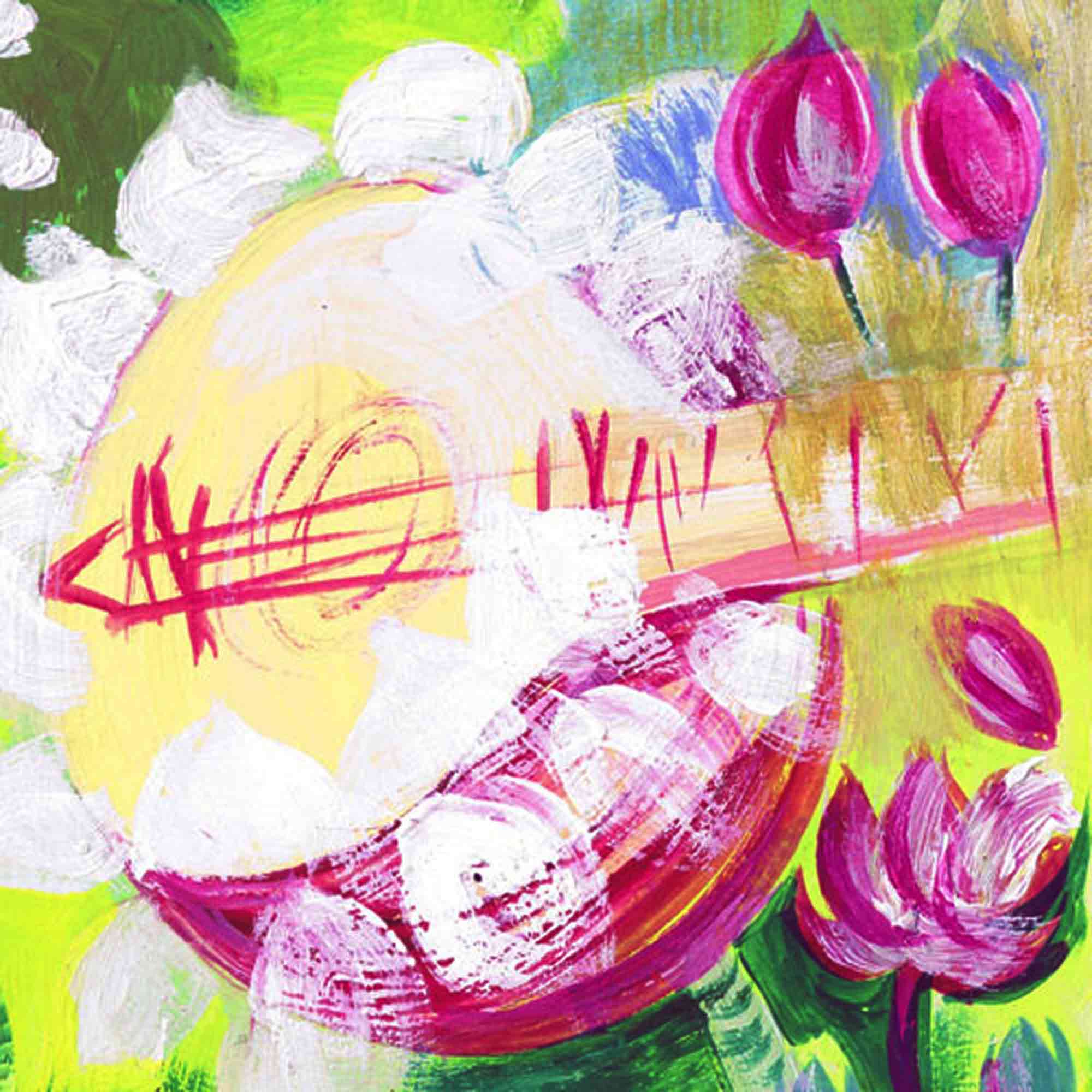Therefore I ask you to have the strength of faith and clarity of mind to know for certain that the lumbering structure of modern progress, riveted by the iron bolts of efficiency, which runs upon the wheels of ambition, cannot hold together for long. Collisions are certain to occur, for it has to travel upon organized lines: it is too heavy to choose its own course freely, and once it is off the rails its endless train of vehicles is dislocated. A day will come when it will fall in a heap of ruin and cause serious obstruction to the traffic of the world. Do we not see of this even now? Does not the voice come to us through the din of war, the shrieks of hatred, the wailing of despair, through the churning of the unspeakable filth which has been accumulating for ages in the bottom of this nationalism – the voice which cries to our soul that the tower of national selfishness, which goes by the name of patriotism, which has raised its banner of treason against heaven, must totter and fall with a crash, weighed down by its own bulk, its flag kissing the dust, its light extinguished? My brothers, when the red light of conflagration sends up its crackle of laughter to the stars, keep your faith upon those stars and not upon the fire of destruction. For when the conflagration consumes itself and dies down, leaving its memorial in ashes, the eternal light will again shine in the East – the East which has been the birthplace of the morning sun of man’s history. And who knows if that day has not already dawned, and the sun not risen, in the easternmost horizon of Asia. And I offer, as did my ancestor rishis, my salutation to that sunrise of the East, which is destined once again to illumine the whole world.
From Nationalism by Rabindranath Tagore (first published in 1917), Penguin Books – Great Ideas (London: 2010), pp. 31-32
And the idea of the Nation is one of the most powerful anaesthetics that man has invented. Under the influence of its fumes the whole people can carry out its systematic programme of the most virulent self-seeking without being in the least aware of its moral perversion – in fact it can feel dangerously resentful if it is pointed out. – Rabindranath Tagore in Nationalism, p. 63
What India has been, the whole world is now. The whole world is becoming one country through scientific facility. And the moment is arriving when you must also find a basis of unity which is not political. If India can offer to the world her solution, it will be a contribution to humanity. There is only one history – the history of man. All national histories are merely chapters in the larger one. – Rabindranath Tagore in Nationalism, p. 68
I am not against one nation in particular, but against the general idea of all nations. What is the Nation? It is the aspect of a whole people as an organized power. This organization incessantly keeps up the insistence of the population on becoming strong and efficient. But this strenuous effort after strength and efficiency drains man’s energy from his higher nature where he is self-sacrificing and creative. – Rabindranath Tagore in Nationalism, pp. 76-77
Based on lectures delivered by him during the First World War. While the nations of Europe were at war, Tagore urged his audiences in Japan and the United States to eschew political aggressiveness and cultural arrogance. His mission, one might say, was to synthesize East and west, tradition and modernity. As Ramachandra Guha shows in his brilliant and erudite introduction [for the 2017 Indian ed.], it was by reading and speaking to Tagore that these founders of modern India, Gandhi and Nehru, developed a theory of nationalism that was inclusive rather than exclusive. Tagore’s Nationalism should be mandatory reading in today’s climate of xenophobia, sectarianism, violence and intolerance.
Source: WorldCat description of the Indian ed. 2017 [Haryana : Penguin Books]
URL: http://www.worldcat.org/oclc/1099200491
Date visited: 26 June 2020


